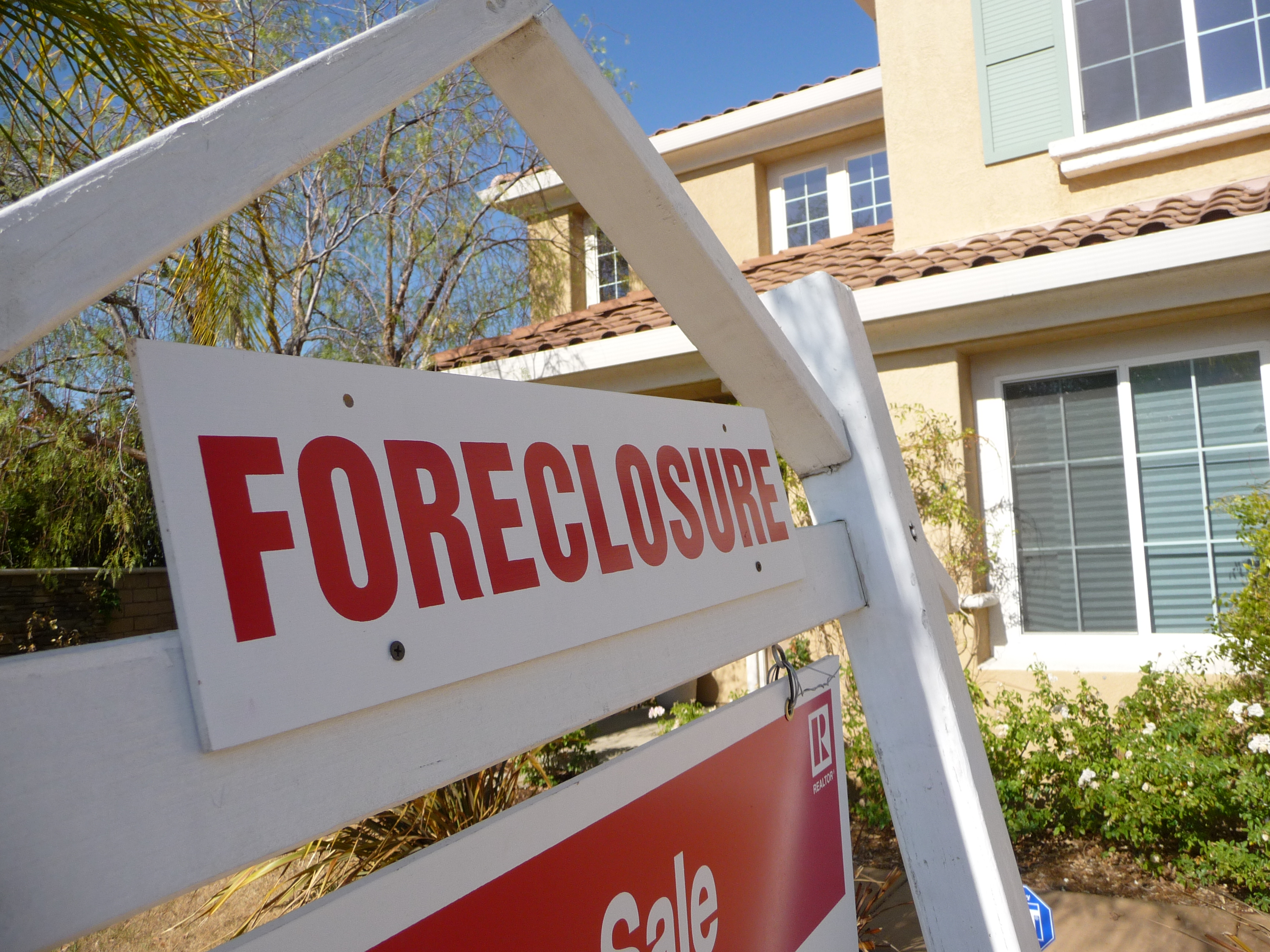U Cal Berkley prof Robert Reich astutely and concisely sums up the prospects for economic revival in commentary “When Will the Recovery Begin? Never.” I saw it today at Salon, but Robert posted to his blog on July 9.
Other economic observers who talk about a recovery underway go oddly together with reality. There is no recovery now, and there isn’t going to be one in the foreseeable future.
I’m no economist. but even I can see what’s going on, as I did about the housing crisis four years ago. Why can’t other people? The housing crisis and current situation are linked in ways few so-called experts are identifying. But Robert clearly gets it.
He writes about two camps predicting recovery. One camp (V-shaped) looks to past recessions as roadmap for faster recovery. The other camp (U-shaped) recognizes how weakened are asset markets, and sees a slower recovery.
Robert opines:
Personally, I don’t buy into either camp. In a recession this deep, recovery doesn’t depend on investors. It depends on consumers who, after all, are 70 percent of the US economy. And this time consumers got really whacked. Until consumers start spending again, you can forget any recovery, V or U shaped.
Problem is, consumers won’t start spending until they have money in their pockets and feel reasonably secure. But they don’t have the money, and it’s hard to see where it will come from. They can’t borrow. Their homes are worth a fraction of what they were before, so say goodbye to home equity loans and refinancings. One out of 10 homeowners is underwater—owing more on their homes than their homes are worth. Unemployment continues to rise, and the number of hours at work continues to drop. Those who can are saving. Those who can’t are hunkering down, as they must.
My take: Debt was the major catalyst driving economic growth post 9-11 for about five years. The progression:
- The Fed lowered interested rates
- Banks started lending more from cheap credit
- More consumers borrowed from banks to buy new homes
- New home buying rapidly drove up property values and equity
- Home owners cashed out equity to buy TVs, autos and other goods
- Banks bundled mortgages as investment derivatives, fueling more lending
- The bubble burst, ending debt-driven spending and leaving behind loads of debt
Notice, how I couched debt, not credit, as driving the boom:
- Consumers who bought new homes outside their incomes assumed debt they one day wouldn’t be able to pay
- Existing home owners assumed more mortgaged-based debt by cashing out equity to buy frivolous consumer goods
- Banks spread debt across investment markets by packaging together mortgages that turned out to have less or even no value
Housing accounted for much of the US boom in consumer spending from late 2002 through late 2006. The June 18th-24th 2005 Economist observed that “over the past four years, consumer spending and residential construction have together accounted for 90 percent of the total growth in GDP.” The housing sector also was the main driver of consumer spending.
Many Americans used home equity as ATMs for buying stuff. The boom gone bust left many, perhaps most, Americans in some kind of debt. Equity and billions of dollars in mortgaged-back spending are gone.
Here’s the problem: The bubble was an artificial construct that created real debt. The equity and investment tools were mirages. They didn’t exist, because their values were arbitrary and not fixed to real assets. Yet they left behind real damage—economic devastation on the order of atomic blasts, with radioactive fallout continuing destruction. Recovery can’t come while fallout continues to spread across the economy.
The economy isn’t in process of recession so much as resetting; perhaps you could say rebooting. But the reset will come at a much, much lower level tied to real investment and spending. But the reset is hard because Americans have so much debt, and no longer the means to repay it. I’m somewhat critical about US stimulus packages for focusing too much on businesses when consumer spending is the problem.
The government’s stimulus package responses create more debt, for the American nation. Inflation protects the government’s debt obligation, while deflation can increase the debt obligation. Problem I see: The over-inflated US economy must go through a period of delation to reach a sustainable level. There is:
- Deflation in number of jobs
- Deflation in wages (pay cuts)
- Deflation in number of businesses
- Deflation in the value of American homes
- Deflation in work hours (unpaid furloughs)
The deflation occurs elsewhere, but this post already is too long for me to go into it all. But I’ll say this: Consumer prices need to deflate, too, and that could be good development for consumer spending. But, again, the Obama Administration has reasons related to America’s debt to forestal price deflation.
In closing, I say that Robert is right. US consumers “don’t have the money, and it’s hard to see where it will come from.”
Photo Credit: Jeff Turner
